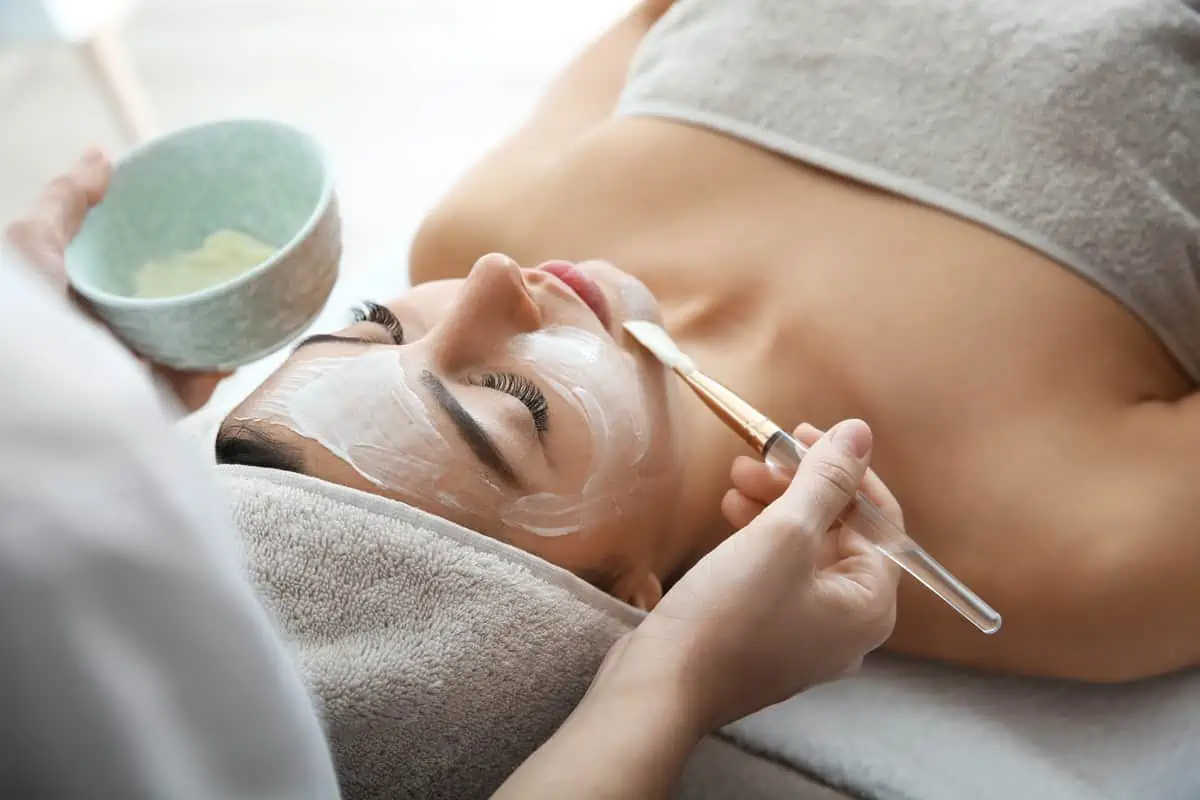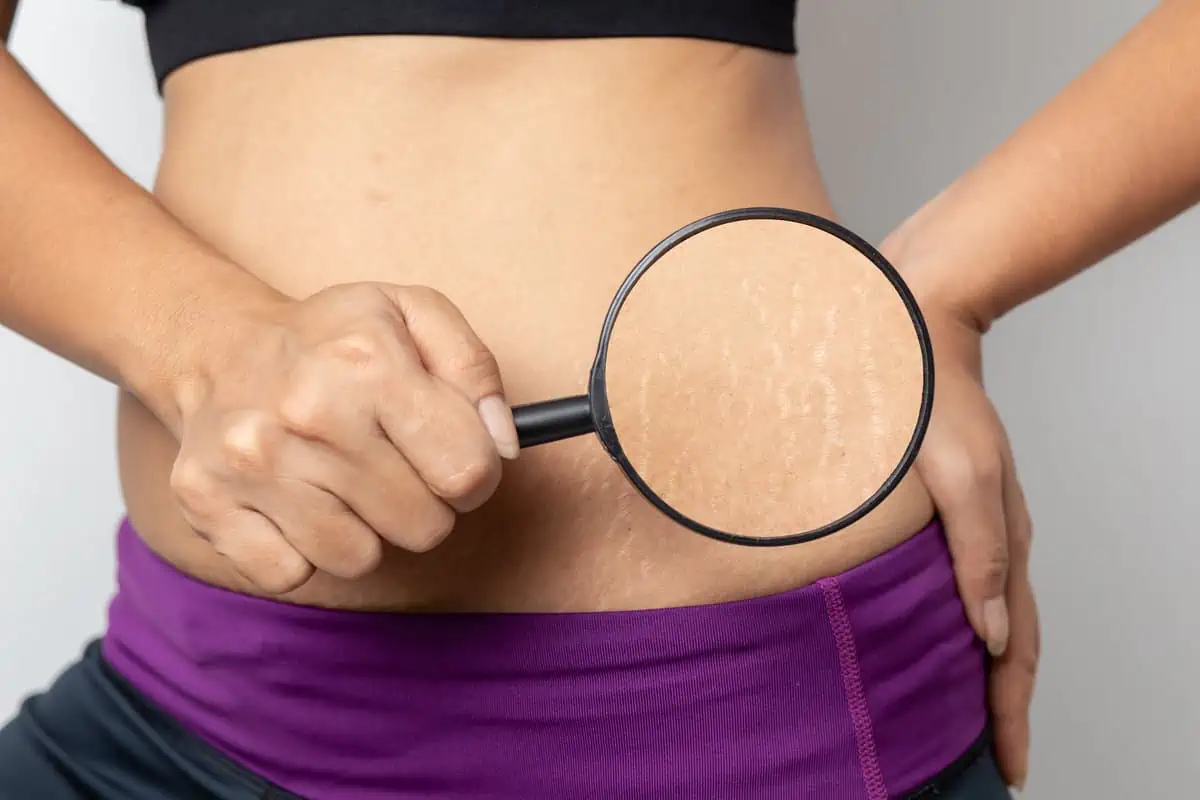Table of Contents
Collagen has become a hot topic in aesthetic treatments, and it’s easy to see why. This vital protein is necessary for maintaining the skin’s firmness and elasticity. Collagen production naturally decreases with aging, leading to wrinkles and sagging skin. The focus on collagen is all about finding ways to replenish this structural protein and combat the signs of aging.
But why has collagen become such a focal point? It’s not just about the visible benefits. Advances in aesthetic treatments have made it possible to stimulate collagen production in ways that were unimaginable just a few years ago. From microneedling and laser treatments, the methods are as varied as they are effective. Each treatment promises a boost in collagen production, offering a more natural way to maintain youthful skin.
Knowing why collagen is so important and how to enhance its production can improve your skincare routine. See why collagen is a focal point to discover the exciting treatments that can help keep your skin looking youthful and vibrant.
What is Collagen?
Imagine your skin as a well-constructed building. The bricks and mortar give it shape and stability, but it’s the scaffolding that holds everything in place, providing strength and support. Collagen acts like this scaffolding for your skin. It forms a robust framework that maintains the skin’s structure, ensuring it stays firm and resilient against the forces of everyday life.
Collagen’s structure is quite fascinating. It consists of three long chains of amino acids wound together to form a triple helix. This unique formation creates strong, rope-like fibers that can withstand stretching and bending, much like the steel beams in a building. These collagen fibers weave through the dermis, the thickest layer of the skin, giving it both strength and flexibility. Without this support, the skin would be fragile and prone to damage.
In young skin, collagen production is at its peak. The skin is plump, smooth, and elastic, much like a newly constructed building with pristine scaffolding. However, as we age, collagen production slows down, and the existing collagen fibers start to break down. This is similar to an aging building where the scaffolding begins to rust and weaken, leading to structural sagging and instability. As a result, the skin loses its firmness and elasticity, leading to fine lines, wrinkles, and sagging.
The decline in collagen not only affects the skin’s appearance but also its function. Just like weakened scaffolding can compromise a building’s integrity, reduced collagen can impair the skin’s ability to repair itself and stay resilient.
The Science Behind Collagen Decline
These intrinsic and extrinsic factors collectively contribute to the visible signs of aging. The breakdown of collagen fibers results in the skin losing its firmness and elasticity. The reduced production of new collagen means the skin cannot repair itself as effectively, leading to a gradual decline in skin quality and appearance.
Intrinsic Factors:
Aging Process:
The most significant intrinsic factor is simply the passage of time. From around 25, our bodies begin to produce less collagen each year. This reduction is gradual but steady, with the dermal layer becoming thinner and less elastic over time. The decrease in collagen results in weaker structural support for the skin, making it more susceptible to wrinkles and sagging.
Extrinsic Factors:
UV Exposure:
Ultraviolet (UV) radiation from the sun is one of the primary external facets that accelerates collagen breakdown. UV rays infiltrate the skin and damage the collagen fibers by generating free radicals. These free radicals initiate an oxidative stress process, which not only breaks down existing collagen but also hinders the production of new collagen.
Poor Diet:
Consuming foods high in sugars and refined carbohydrates can lead to a process called glycation. Glycation occurs when sugar molecules attach to collagen fibers, making them stiff and brittle and accelerating their degradation. On the other hand, a diet lacking essential nutrients such as vitamin C, zinc, and copper can impair collagen synthesis.
Smoking:
Smoking is another significant factor that contributes to collagen decline. The chemicals in tobacco smoke, including nicotine, lessen blood flow to the skin and harm the delivery of nutrients necessary for collagen production. Moreover, smoking increases the production of enzymes called matrix metalloproteinases (MMPs), which break down collagen.
Pollution:
Environmental pollutants like smog and toxins also contribute to collagen breakdown. These pollutants generate free radicals that damage skin cells and collagen fibers. Prolonged exposure to pollution can lead to premature aging and reduced skin elasticity.
Stress:
Chronic stress can heighten cortisol levels, a hormone that can degrade collagen. High cortisol levels can lead to a breakdown in the skin’s structural integrity, resulting in increased wrinkles and sagging over time.
Collagen-Boosting Aesthetic Treatments
Here are some of the most effective treatments that help boost collagen levels:
Fotona Laser:
The laser delivers controlled heat to the dermal layers, promoting natural healing and encouraging new collagen growth. This non-invasive treatment can enrich skin texture, lessen fine lines and wrinkles, and enhance skin firmness. Fotona lasers are particularly effective for skin tightening and rejuvenation without significant downtime.
Dermal Fillers:
Fillers often contain hyaluronic acid, which naturally occurs in the skin and supports collagen production. Dermal fillers can stimulate collagen production at the injection sites by adding volume and smoothing out wrinkles. This provides instant results and encourages long-term improvements in skin texture and elasticity.
Sculptra Body and Butt:
Sculptra is a unique injectable treatment that contains poly-L-lactic acid, a biocompatible substance that stimulates collagen production over time. Unlike traditional fillers, Sculptra works gradually, providing subtle and natural-looking results. It’s commonly used for body contouring and enhancing the buttocks, where it can improve skin thickness and firmness by promoting collagen growth. Treatments typically involve a series of injections over several months, with results that can last up to two years.
Microneedling:
Microneedling employs fine needles to create tiny, controlled punctures in the skin. These micro-injuries trigger the body’s natural wound-healing process, including producing new collagen and elastin. Microneedling can improve skin texture, reduce the appearance of scars and fine lines, and enhance overall skin tone.
PRP Injections:
PRP (platelet-rich plasma) uses the patient’s own blood, which is processed to concentrate the platelets and growth factors. This plasma is then injected into the skin to provoke collagen production and enhance skin regeneration. PRP is effective for treating fine lines, wrinkles, and areas with thinning skin. It’s trendy for improving the appearance of the under-eye area and other delicate regions where traditional fillers may not be suitable.
Takeaway
Ready to enhance your natural beauty and rejuvenate your skin? At Epiphany Medspa & Wellness, we specialize in advanced collagen-boosting treatments to help you achieve a youthful, radiant glow. Whether you’re interested in Fotona Laser, Dermal Fillers, Sculptra Body, Butt, Microneedling, or PRP Injections, our team can help you make customized treatment plans for your unique needs.
Don’t wait to experience collagen’s transformative effects. Start your personal assessment with Epiphany Medspa & Wellness today, and let us help you find the perfect treatment tailored to your needs. Book your appointment and see what our services can do for you!





